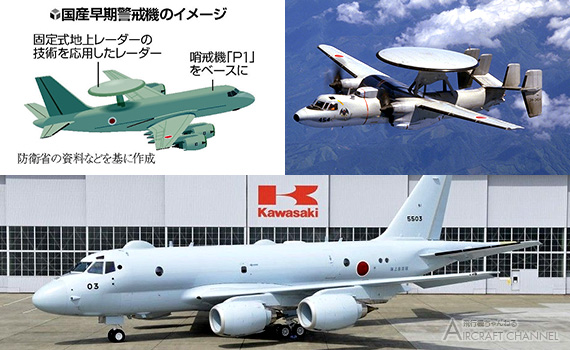I think the rail gun CIWS plan right now...at least from what I have seen...is not a direct contact intercept.Theory 3)...The point is to hit a bullet with a bullet. Now the advantage is that these systems are aimed to longer ranges then CIWS.
Rather, to come in on the missile's inbound path and then release a bunch (a cloud) of projectiles to intercept the missile.
You can see what they envision in this video starting at about the 2:00 mark and going through 2:10:
Last edited:



